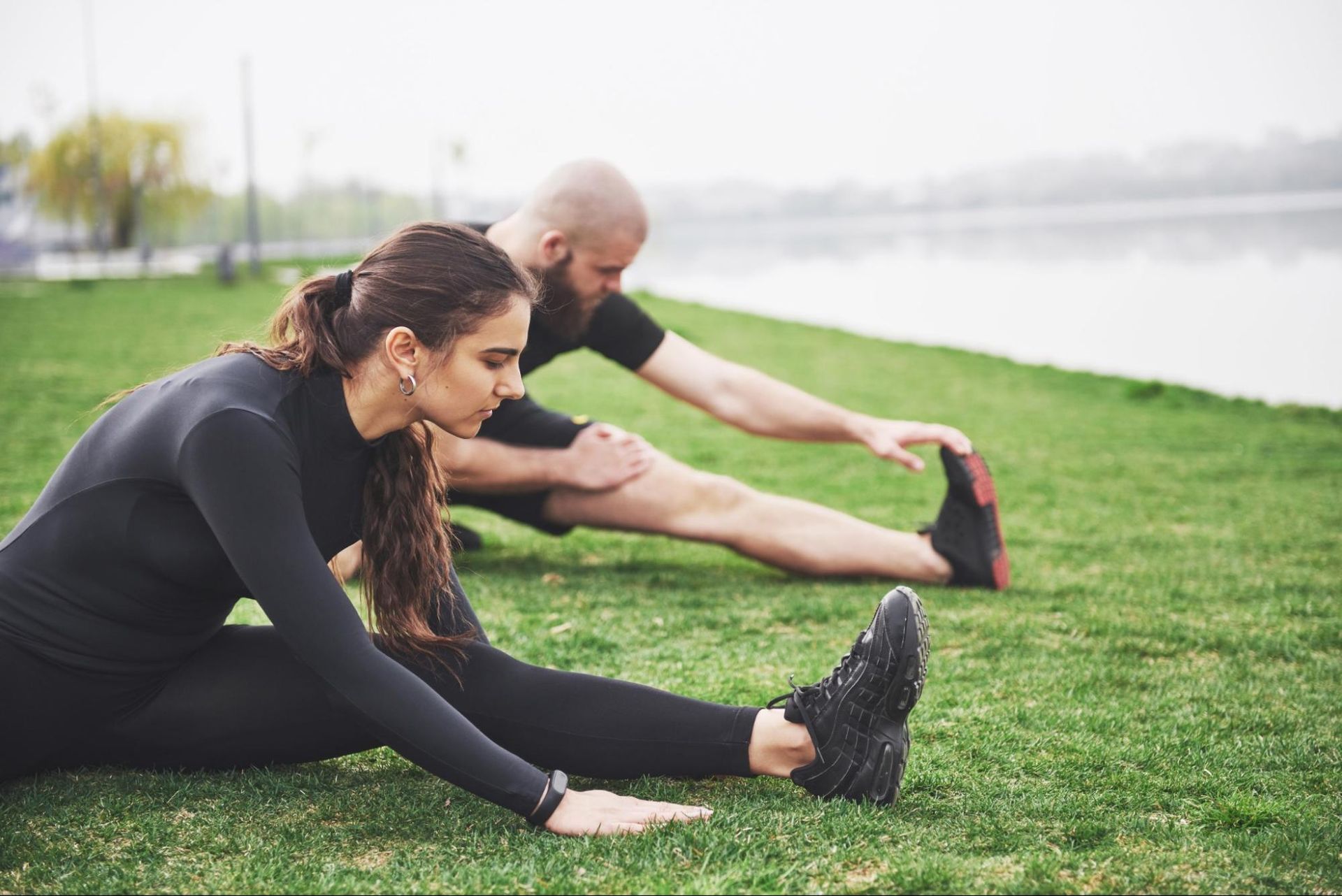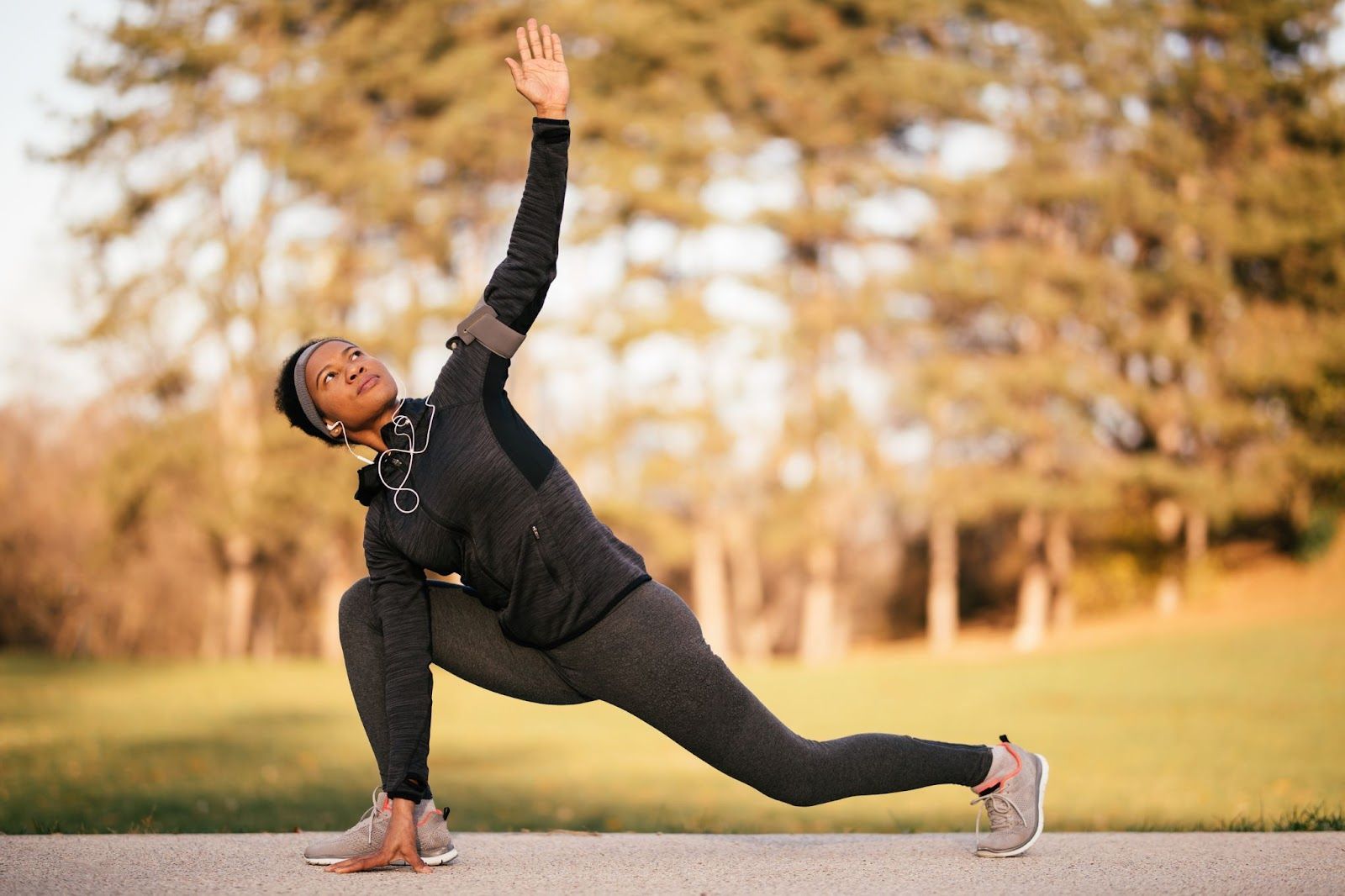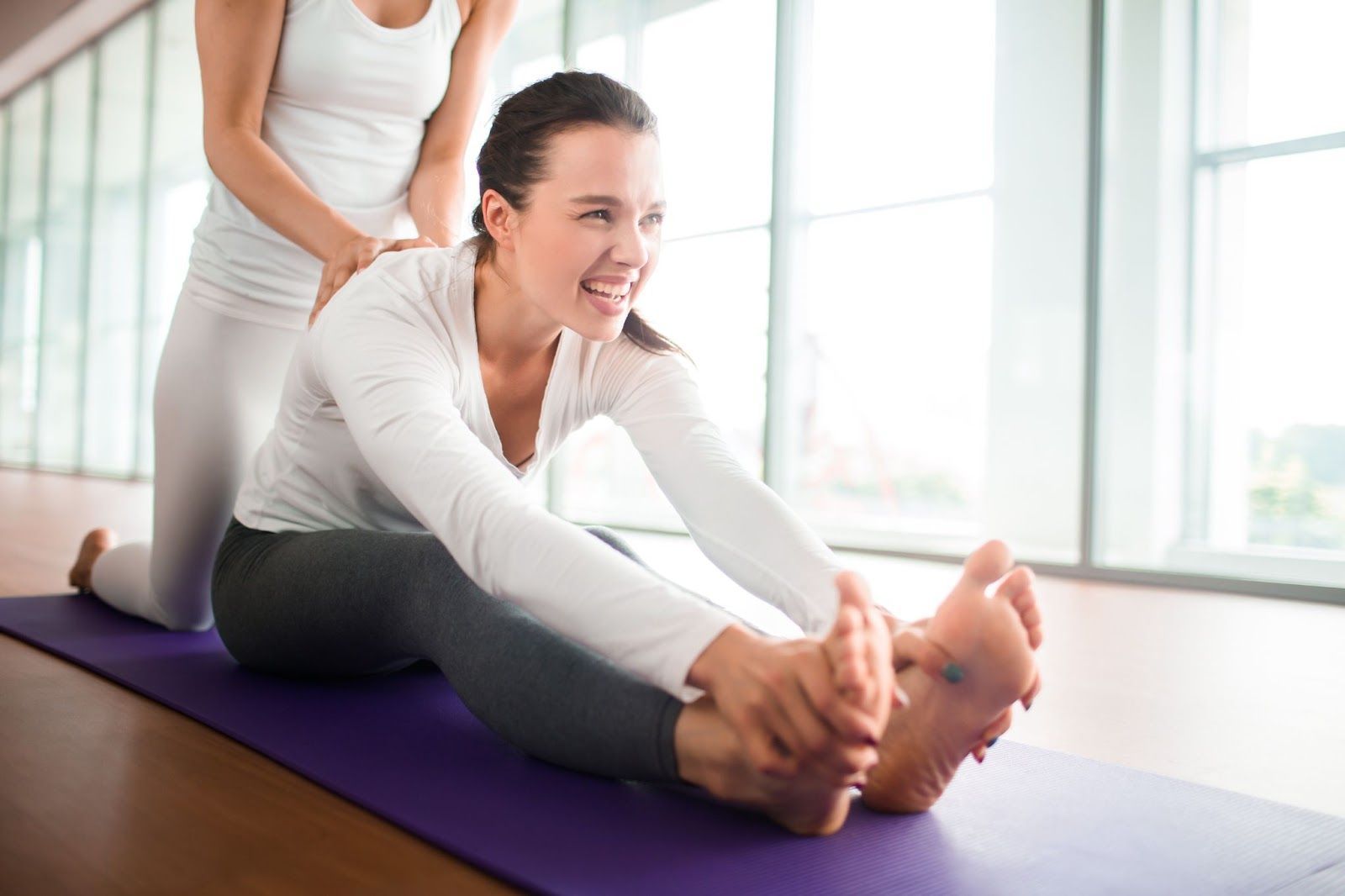The Benefits of Regular Stretching: A Comprehensive Guide
Exploring the Advantages of a Consistent Stretching Routine
In the hustle and bustle of daily life, amidst deadlines, meetings, and responsibilities, taking a few moments for regular stretching might seem like a small act. However, the impact of incorporating stretching into your routine goes far beyond flexibility. This comprehensive guide explores the myriad benefits of regular stretching, shedding light on how this simple practice can contribute to physical health, mental well-being, and overall vitality.
Understanding the Basics of Stretching
Before delving into the benefits, let's understand what stretching entails. Stretching involves the deliberate lengthening of muscles and tendons to improve flexibility and range of motion. There are two primary types of stretches:
- Static Stretching: Involves holding a stretch for a prolonged period, typically 15-60 seconds. It helps relax muscles and enhance flexibility.
- Dynamic Stretching: Involves controlled, repetitive movements to increase blood flow, improve range of motion, and prepare the body for physical activity.
Now, let's explore the diverse advantages of incorporating these stretching techniques into your daily routine.
1. Improved Flexibility: Unlocking Your Range of Motion
Flexibility is a cornerstone of physical health. Regular stretching gradually increases muscle and joint flexibility, enabling a broader range of motion. This is particularly beneficial for athletes, reducing the risk of injuries and enhancing overall performance.
2. Enhanced Posture: Standing Tall and Strong
Sedentary lifestyles and desk-bound work can contribute to poor posture. Stretching helps counteract the effects of prolonged sitting by releasing tension in muscles, promoting better alignment, and preventing the development of posture-related issues.
3. Stress Reduction: Unwinding the Mind and Body
The connection between the mind and body is profound. Stretching encourages the release of endorphins, the body's natural stress relievers. Taking a moment to stretch can provide a mental break, reducing feelings of tension and promoting a sense of calmness.
4. Improved Circulation: Energizing the Body
Dynamic stretching, with its rhythmic movements, enhances blood circulation. Improved blood flow ensures that muscles receive an adequate supply of oxygen and nutrients, promoting overall cardiovascular health and vitality.
5. Alleviation of Aches and Pains: Easing Daily Discomforts
Many people experience stiffness and discomfort, whether from long periods of sitting, physical exertion, or stress. Stretching helps alleviate these aches by promoting muscle relaxation, reducing tension, and addressing imbalances that may contribute to pain.

6. Injury Prevention: Safeguarding Your Body
Regular stretching plays a crucial role in injury prevention. By maintaining flexibility and addressing muscle imbalances, you create a more resilient and adaptable body less prone to strains, sprains, and other injuries.
7. Increased Energy Levels: Revitalizing the Spirit
When you feel sluggish or fatigued, a quick stretching session can provide a natural energy boost. Stretching increases blood flow, delivering more oxygen to the muscles and brain, resulting in heightened alertness and vitality.
8. Better Sleep Quality: Preparing the Body for Rest
Creating a pre-sleep stretching routine can signal to your body that it's time to wind down. Relaxing stretches can release tension, ease the transition into a restful state, and contribute to a more restorative night's sleep.
9. Enhanced Athletic Performance: Maximizing Your Potential
Athletes across various disciplines integrate stretching into their training routines for a reason. Improved flexibility and range of motion contribute to better agility, coordination, and performance, whether you're a weekend warrior or a seasoned competitor.
10. Mind-Body Connection: Cultivating Awareness
Stretching is not just a physical activity; it's an opportunity to cultivate mindfulness. Focusing on your breath and the sensations in your body during stretching fosters a deeper mind-body connection, promoting overall well-being.
Incorporating Stretching Into Your Routine
Now that the benefits are clear, the next step is incorporating stretching into your daily routine. Consider these practical tips:
Start Slow
If you're new to stretching, begin with gentle, basic stretches. Gradually progress to more advanced stretches as your flexibility improves.
Consistency is Key
Make stretching a regular part of your routine. Consistency is more important than intensity, so aim for a few minutes of stretching every day.
Combine Static and Dynamic Stretches
A well-rounded stretching routine includes both static and dynamic stretches. Static stretches are great for flexibility, while dynamic stretches are effective as part of a warm-up.
Listen to Your Body
Pay attention to how your body responds to different stretches. Avoid pushing yourself to the point of pain, and modify stretches based on your comfort level.
Incorporate Stretching Breaks
Take short stretching breaks throughout the day, especially if you have a sedentary job. Stand up, stretch your arms, legs, and back to prevent stiffness.
Explore Different Types of Stretching:
Yoga, Pilates, and tai chi are excellent practices that incorporate various forms of stretching. Explore different methods to find what resonates with you.

A Holistic Approach to Well-Being
In the pursuit of a healthy and fulfilling life, regular stretching emerges as a simple yet powerful practice. It's not just about touching your toes; it's about unlocking the potential for improved physical health, mental well-being, and a more vibrant, energetic life. As you embark on your stretching journey, remember that it's a holistic approach—one that nurtures the intricate connection between your body, mind, and spirit. So, take a stretch break, breathe deeply, and embrace the countless benefits that regular stretching can bring to your life. Visit the
StretchX blog to learn how to incorporate stretching into your daily routine.




